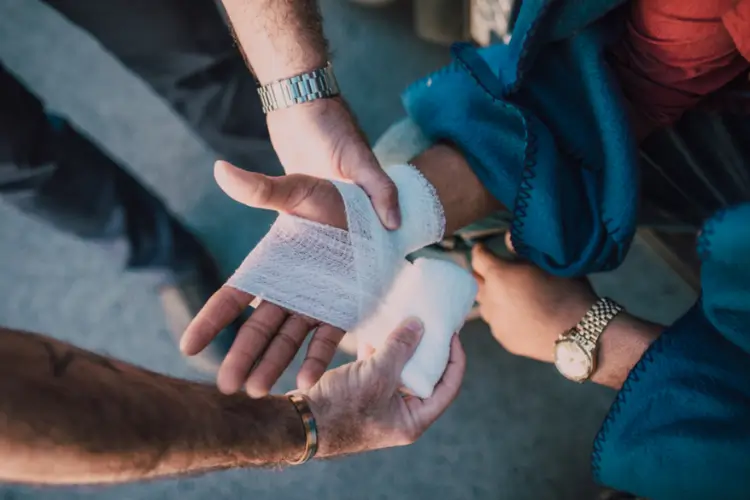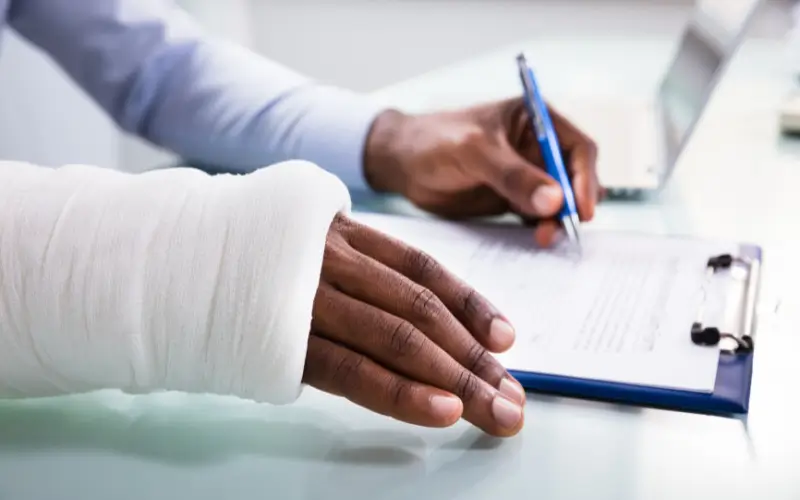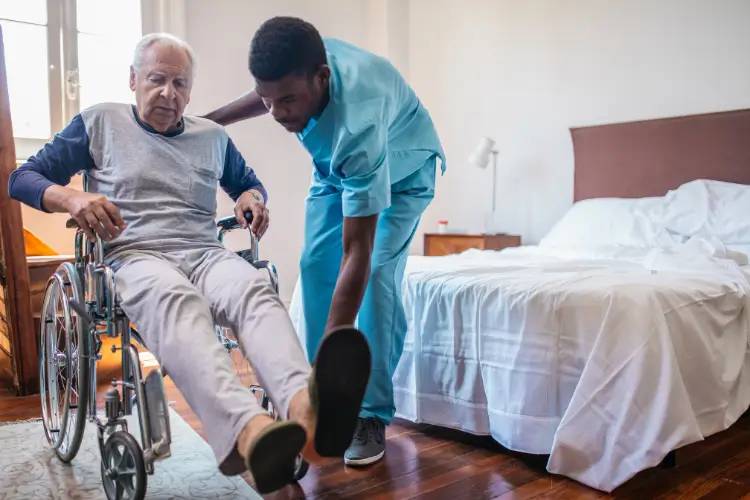A split-second accident can change your life—but without strong evidence, securing fair compensation becomes an uphill battle. Insurance companies and opposing attorneys will scrutinize every detail of your claim, looking for reasons to deny or minimize your payout. The key to winning a personal injury case isn’t just having a compelling story; it’s having the proof to back it up.
Evidence is the foundation of any successful personal injury claim. Medical records, accident reports, witness statements, and expert testimony all play a crucial role in proving negligence and damages. This is where skilled DFW Injury Lawyers make a difference—they know how to collect, analyze, and present evidence effectively to build an airtight case. Without it, even the most legitimate claims can fall short.
So, what types of evidence carry the most weight? And how can you ensure your case is as strong as possible? Let’s examine why evidence is non-negotiable in personal injury claims—and how it shapes the outcome of your case.
Why Evidence Matters in Proving Liability
In personal injury law, evidence is everything. Whether you were injured in a car accident, slip and fall, workplace incident, or medical malpractice case, the strength of your claim hinges on the quality and quantity of evidence you can present.
Courts and insurance companies rely on documented proof—not just verbal accounts—to determine liability and calculate fair compensation. Without sufficient evidence, even the most legitimate claims can be dismissed or undervalued.
Types of Evidence That Strengthen a Personal Injury Case
1. Medical Records
Medical documentation is the cornerstone of any injury claim. It provides objective proof of your injuries, treatment, and prognosis. Under Texas Civil Practice & Remedies Code § 18.001, properly authenticated medical bills and records can be admitted as evidence without requiring testimony from the treating physician, streamlining the legal process. These records should include:
- Emergency room reports
- Doctor’s notes and diagnoses
- Surgical records (if applicable)
- Physical therapy progress notes
- Prescription medication logs
Any gaps in treatment can be exploited by the defense to argue that your injuries were not severe, so consistency in medical care is crucial.
2. Police and Accident Reports
In car accident cases, a police report serves as an official account of the incident. Under Texas Transportation Code § 550.062, law enforcement officers must file a written report for crashes involving injury, death, or significant property damage. These reports often include:
- Officer’s assessment of fault
- Witness statements
- Diagrams of the accident scene
- Citations issued (such as for speeding or DUI)
While police reports are not always admissible as evidence in court (since they may contain hearsay), they are invaluable during settlement negotiations.
3. Witness Testimony
Eyewitness accounts can corroborate your version of events. Independent witnesses—such as bystanders, passengers, or nearby business employees—can provide unbiased statements that support your claim. Depositions or sworn affidavits from witnesses help solidify your case, especially if liability is disputed.
4. Photographic and Video Evidence
Visual proof is compelling. Photos and videos of the accident scene, injuries, property damage, and hazardous conditions (like a wet floor or broken sidewalk) can be pivotal. In slip and fall cases, for example, Texas Premises Liability Law requires proving that the property owner knew or should have known about the dangerous condition—something that photos can help establish.
5. Expert Testimony
In complex cases, experts such as accident reconstruction specialists, medical professionals, or vocational rehabilitation consultants may be necessary. Their analysis can clarify the following:
- How the accident occurred
- The long-term impact of injuries
- Future medical costs and lost earning capacity
Courts often admit expert testimony under Texas Rules of Evidence 702, provided the expert is qualified and their methods are reliable.
6. Employment and Wage Records
If your injury caused missed work or reduced earning capacity, pay stubs, tax returns, and employer verification letters help quantify lost wages. Under Texas law, you can recover both past and future lost income if supported by evidence.
7. Electronic Data
Modern technology provides new forms of evidence, including:
- Black box data from vehicles (showing speed, braking, and impact force)
- Surveillance footage from traffic cameras or businesses
- Cell phone records (in distracted driving cases)
How Weak Evidence Can Hurt Your Case
Insurance adjusters and defense attorneys aggressively look for inconsistencies or missing evidence to reduce payouts. Common pitfalls include:
- Delayed Medical Treatment – Waiting too long to see a doctor gives the impression that injuries were minor.
- Social Media Activity – Posts showing physical activity can be used to dispute injury claims.
- Lack of Documentation – Failing to keep records of expenses or communications weakens your position.
Conclusion
Evidence is the backbone of a successful personal injury claim. From medical records and accident reports to expert analysis and electronic data, each piece plays a critical role in proving negligence, causation, and damages. Without strong evidence, even the most deserving claims risk being denied or undervalued.




